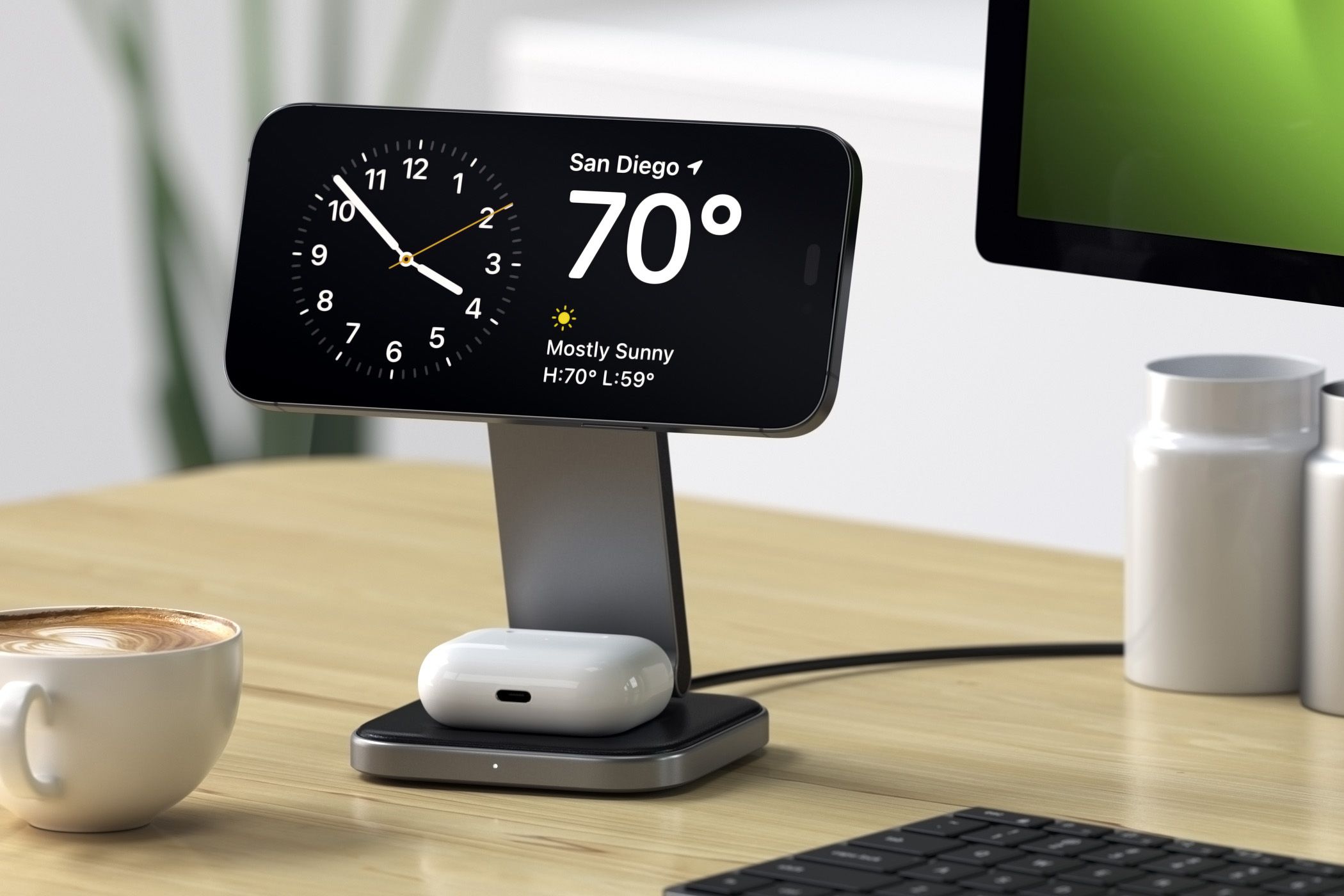I Finally Upgraded to Windows 11 and I Actually Like It
Windows 11
I used to update to the latest version of Windows the moment it became available, but when Windows 11 launched, I didn’t really like it and quickly reverted to Windows 10. Now that Windows 10 support is ending soon, I’ve given Windows 11 another try, and it’s not as bad as I thought.
Why I Upgraded to Windows 11
When I built my new PC last month, I was faced with two options: stay with Windows 10 until October and then consider updating, or bite the bullet and make the switch now.
As it currently stands, Windows 10 support is scheduled to end in October 2025. While I could technically continue using it, it’s not a good idea. First, it would expose my PC to security threats, and second, it would limit overall software support. As developers shift their focus to Windows 11, apps for Windows 10 will likely receive fewer updates or face more bugs. Even the first-party Microsoft Office will no longer be supported.
What tipped the scales was the latest Windows 11 24H2 update brought a ~10% performance improvement for AMD CPUs. Since I bought a Ryzen 7 7700, this was a no-brainer. If you’re not familiar with performance figures, that’s a substantial improvement (roughly equivalent to a newer generation CPU). Plus, as a tech journalist, I should stay on the bleeding edge so that I’m in the know.
I Made 11 Behave More Like Windows 10
After going through Windows’s pesky setup process (called the “Windows Out of Box Experience”), I was greeted by a home screen that felt somewhat unfamiliar, though not entirely foreign. While everything was technically there, it wasn’t in the same place I was used to from older versions of Windows.
Like many other people, I’m sensitive to any major changes in my primary operating system. So, to ease my initial OS anxiety, I made Windows 11 look like Windows 10. The most glaring problem I had was the Start menu being in the center. It felt out of place, as if it didn’t belong there. Fortunately, I fixed this by simply moving it to the bottom left corner where it belongs.
My second complaint had to do with the new right-click context menu in File Explorer. In theory, it’s designed to help users find commonly-used options for a specific file. For example, options like “Cut” and “Copy” were replaced with easy-to-understand icons at the top so the context menu could take up less space.
While I can appreciate this reinvention (and I’m sure some people love it), it’s not for me. I’ve been using Windows for two decades and know the old context menu like the back of my hand. Fortunately, I was able to get the legacy context menu back, and I was off to the races.
The Interface Improvements Are Subtle but Meaningful
Once I configured Windows 11 to my liking, I was surprised by how similar it felt to 10. The Start menu is more intuitive and has more room for my apps, the taskbar is slightly taller and easier to use, the Task Manager feels more modern, the new Settings app is better organized, and the ugly Action Center (right-side menu) from Windows 10 has been revamped into a smaller, sleeker system tray. I also appreciate the expanded support for system-wide dark mode.
All these small changes add up to create a better user experience without altering how I interact with the system. Another great example of a small but meaningful change is the calmer error sound, which doesn’t induce panic like the older Windows error sounds.
I Love the New Notepad
I’m singling out Notepad because it’s my most-used Windows app. I use it for everything—note-taking, brainstorming, quick calculations, and more. The new Windows 11 Notepad retains all the core components that make it great but in a better package. It’s sleeker, automatically saves your notes, has more text editor features, and supports tabs. Oh, and it finally supports dark mode.
When I first heard about these Notepad changes, I was worried that it might become too bloated. However, Microsoft has done an excellent job of enhancing my beloved app without losing its simplicity.
If you’re still on the fence about Windows 11, that’s understandable. You can continue using Windows 10 until October, but by then, I’d strongly recommend making the switch (or maybe even trying Linux). The good news is that Windows 11 is pretty solid—certainly better than it was at launch.


















